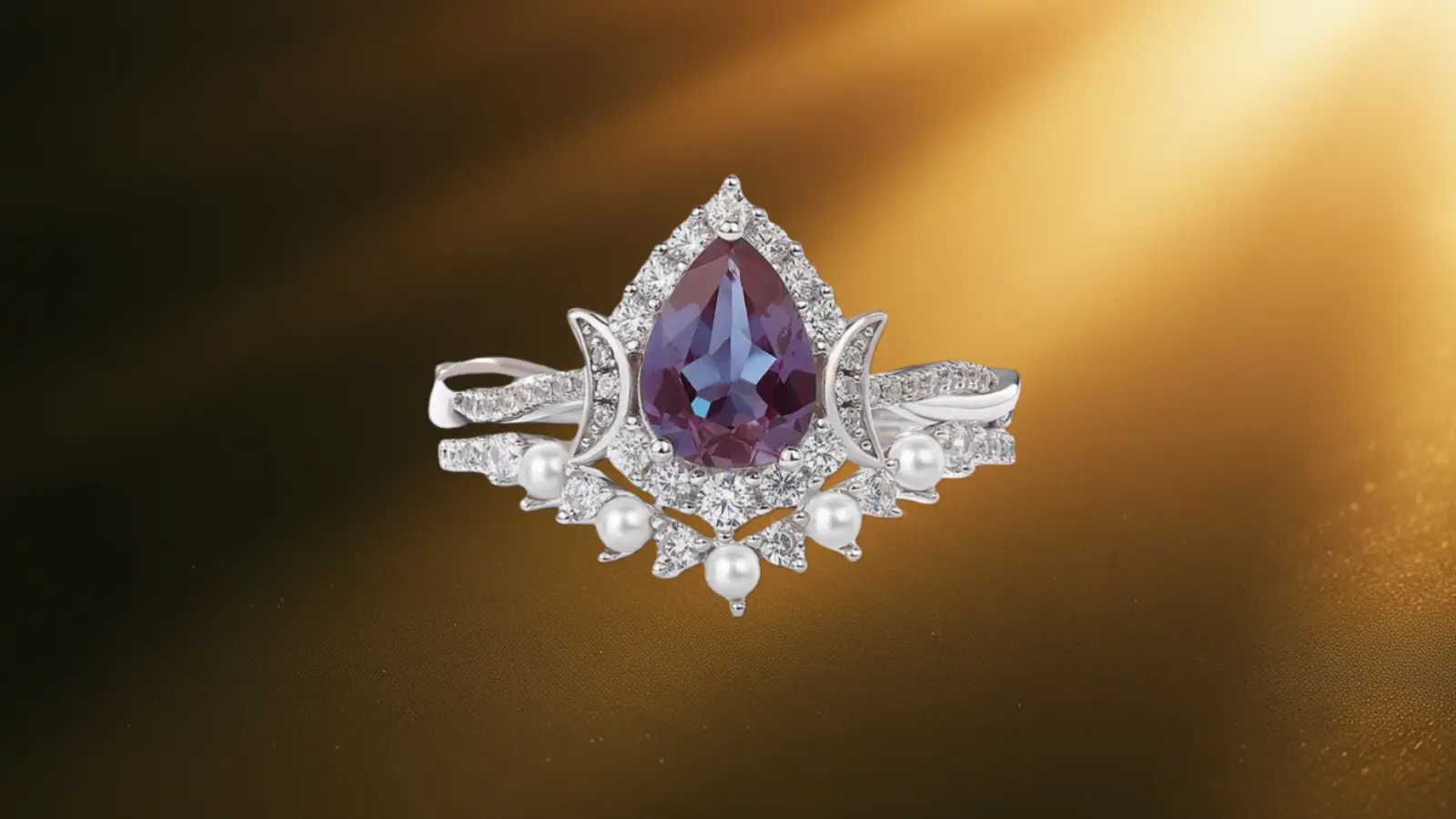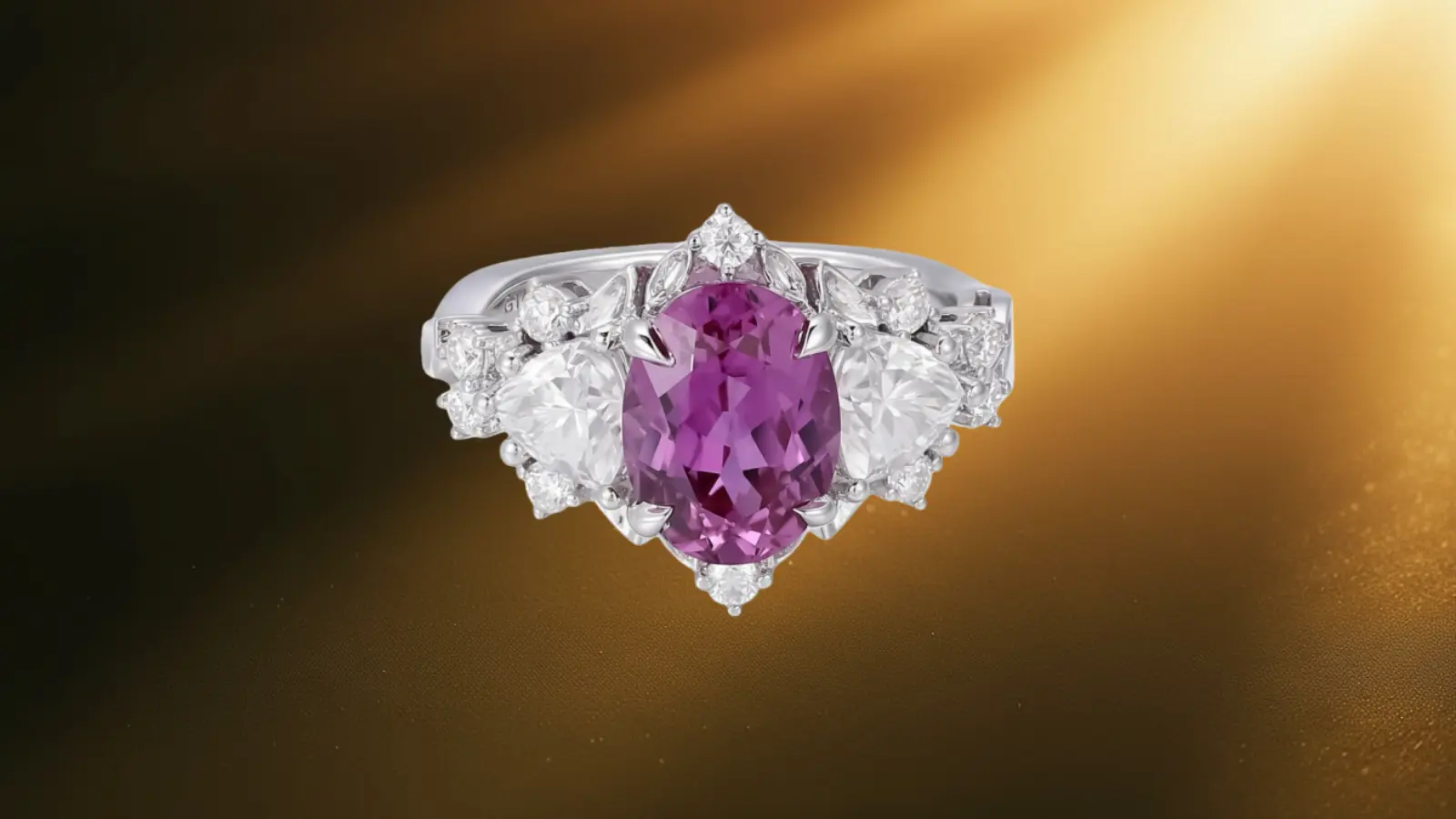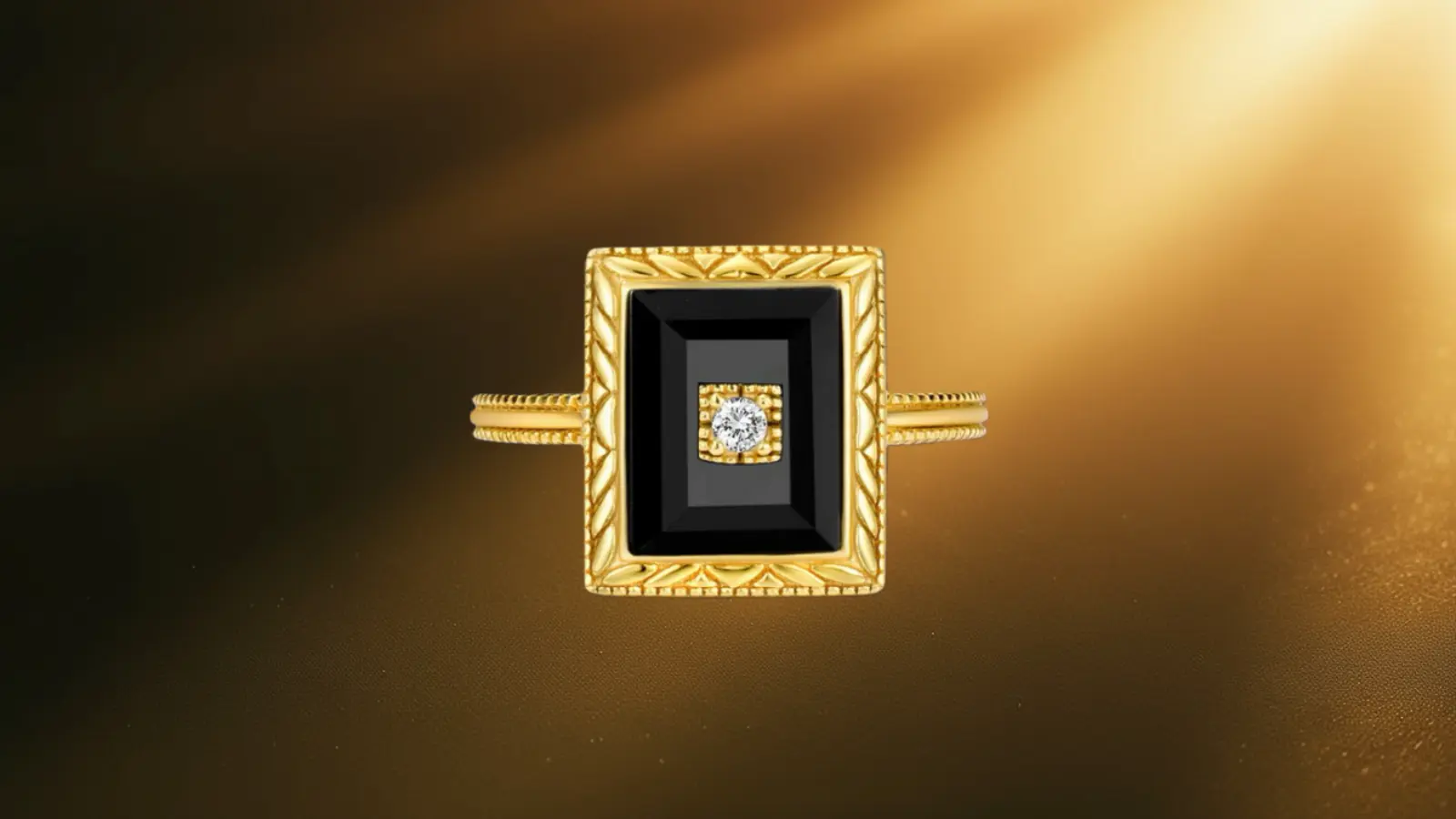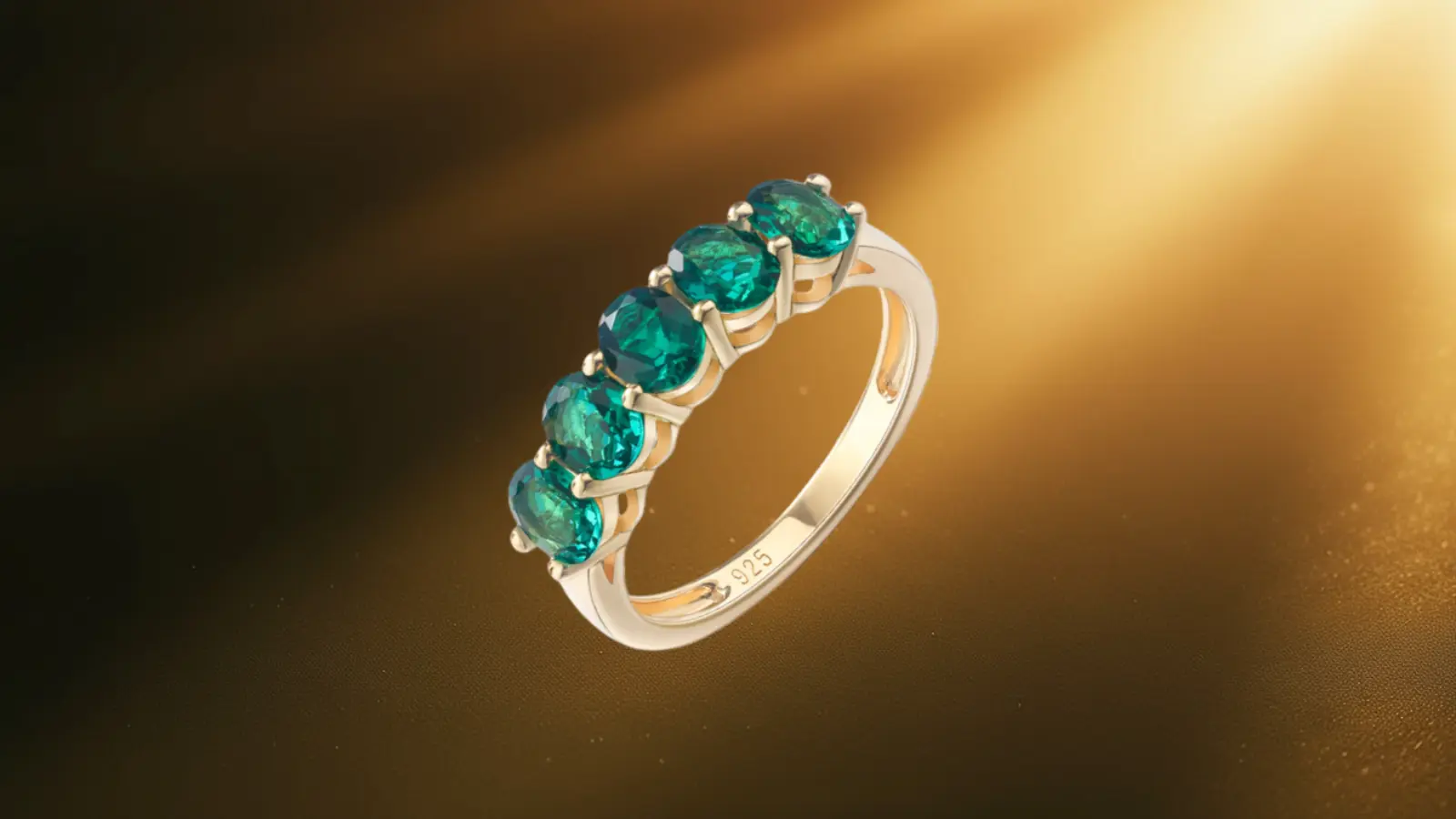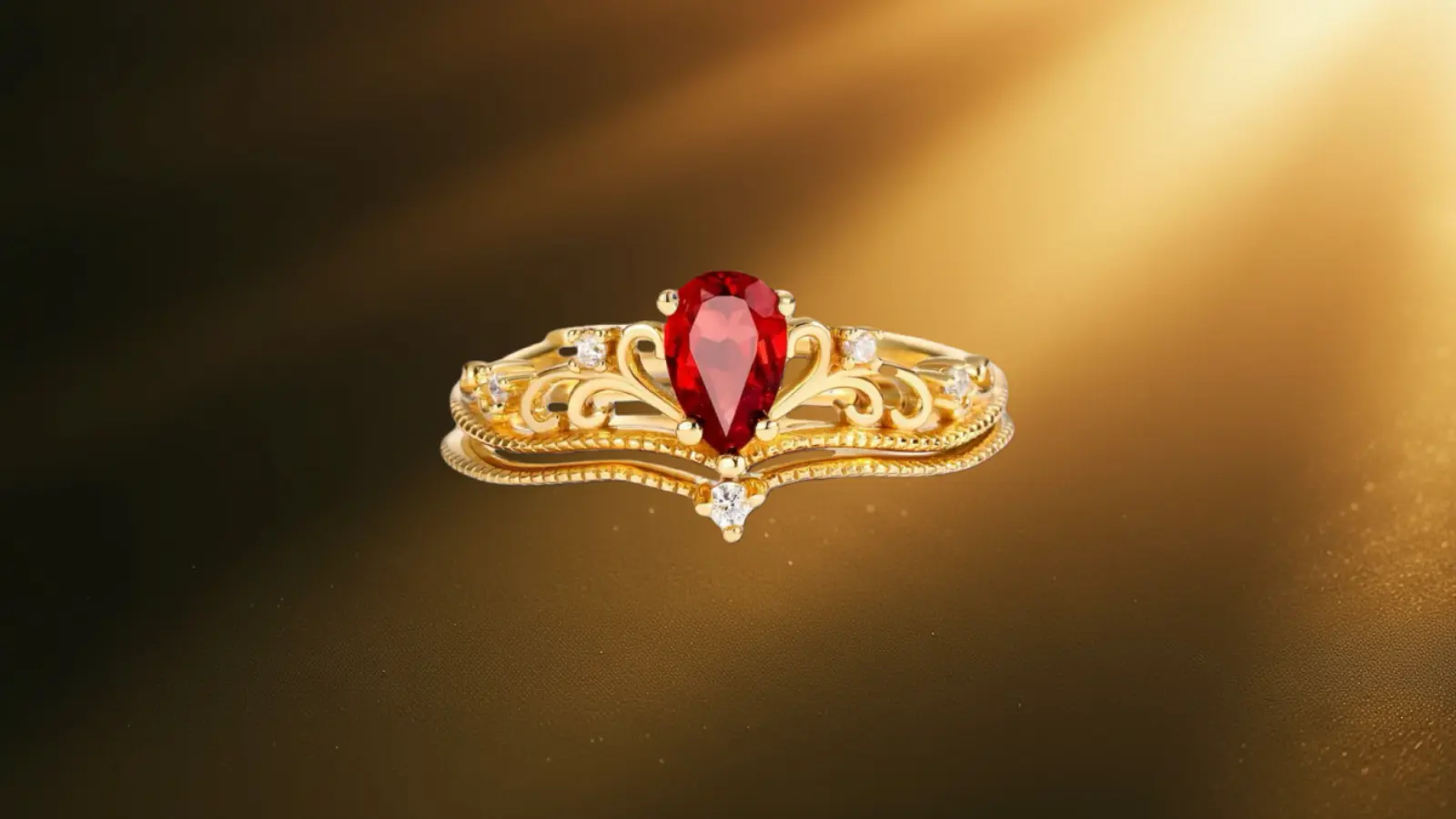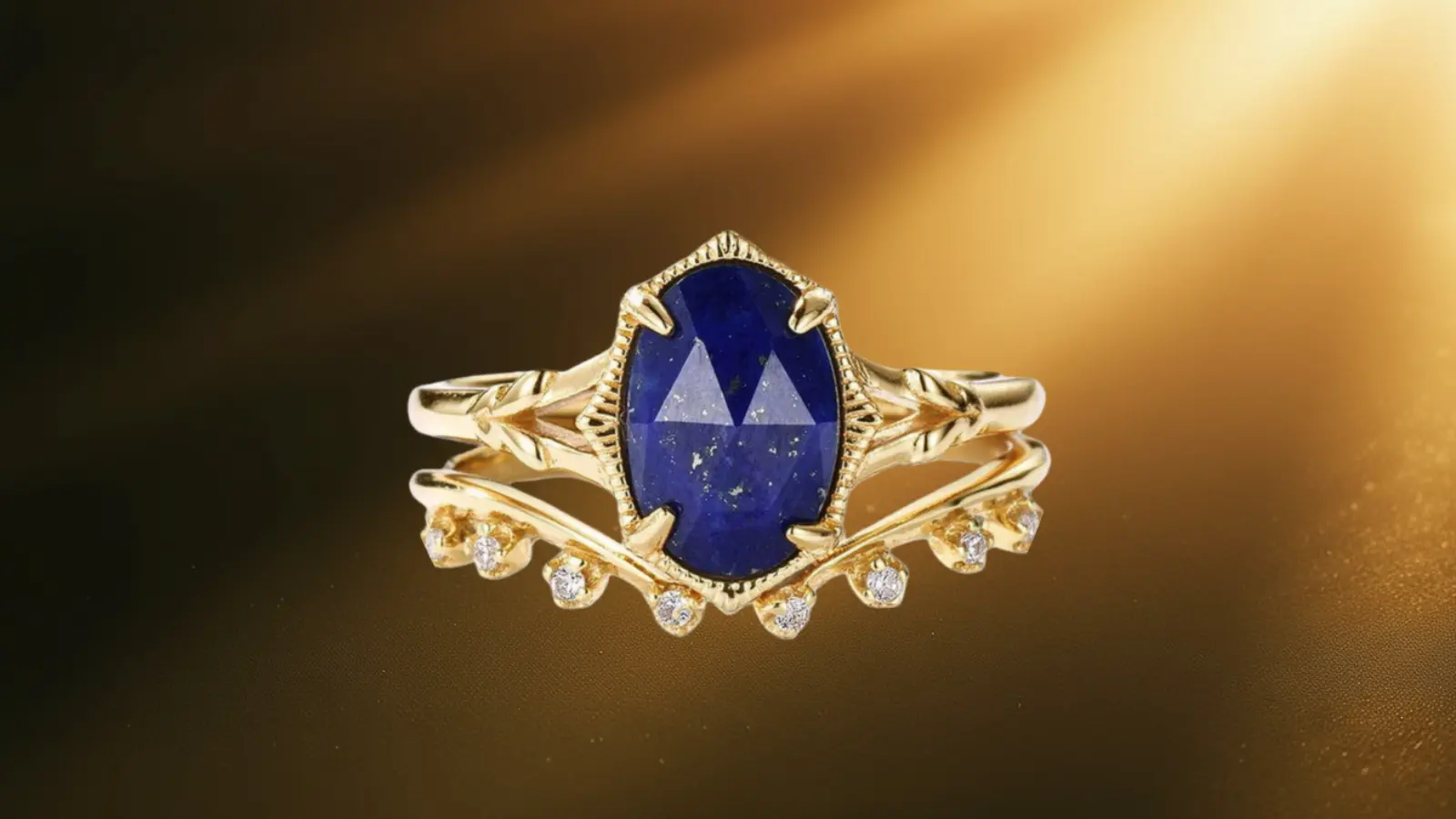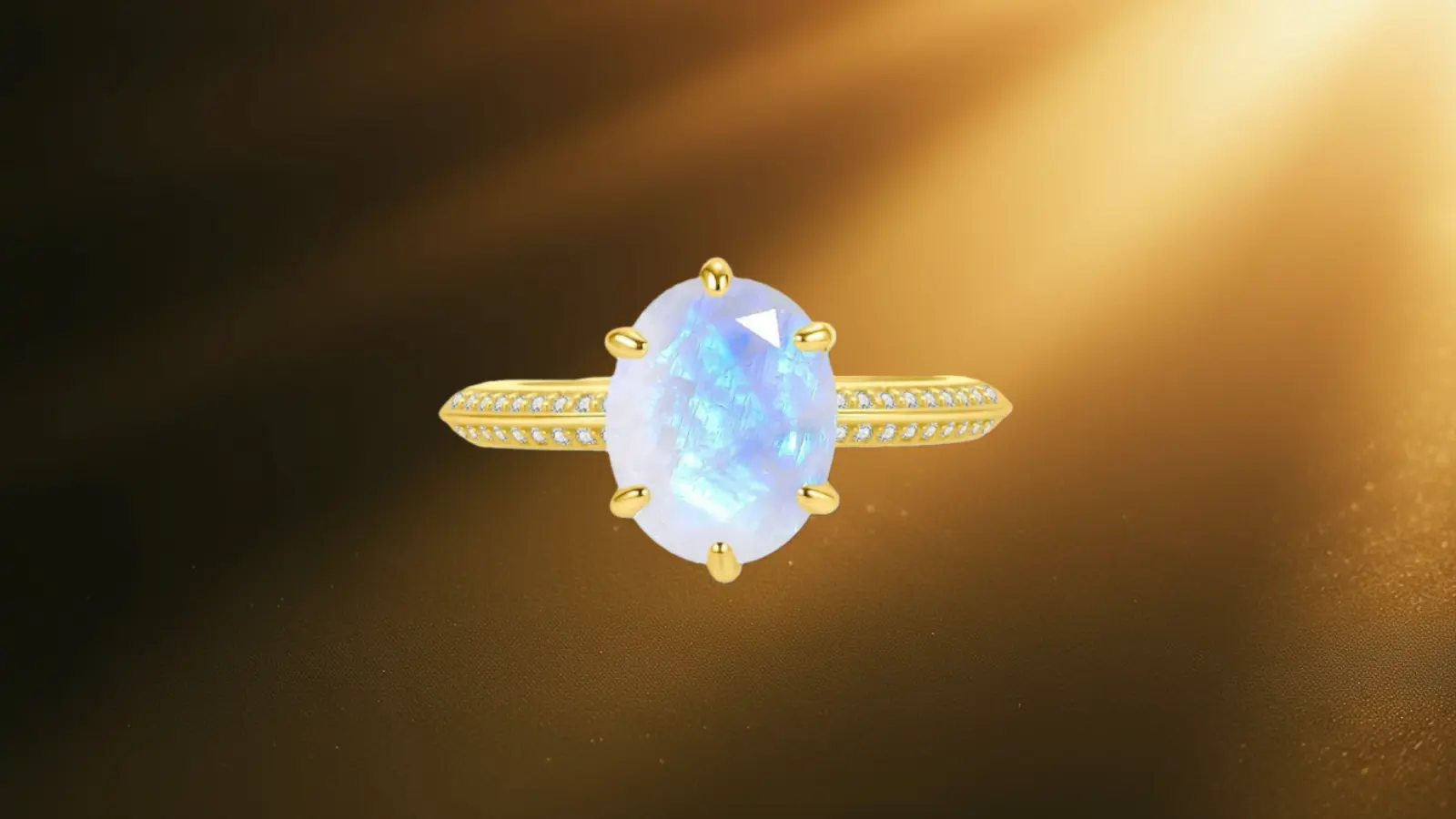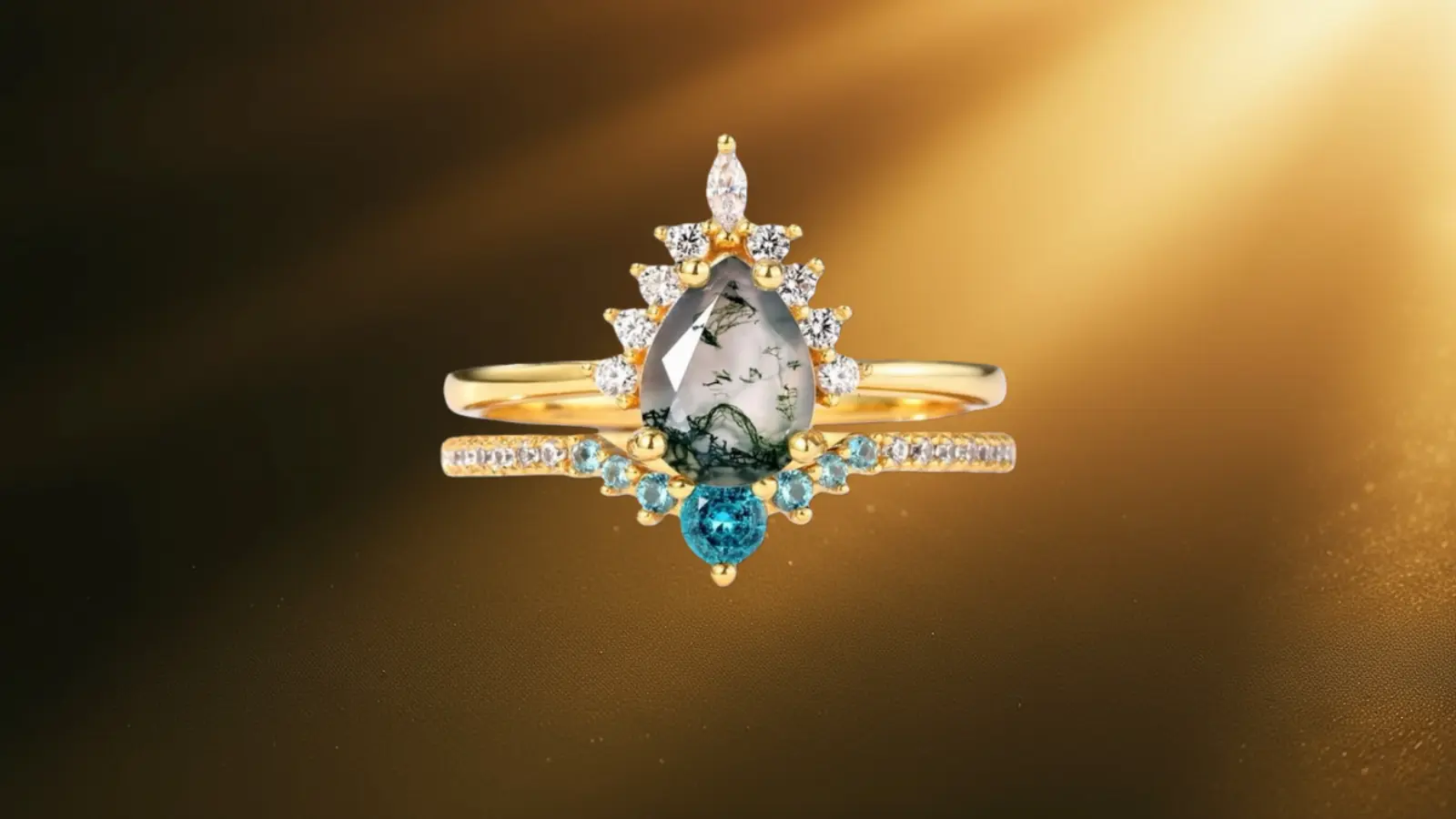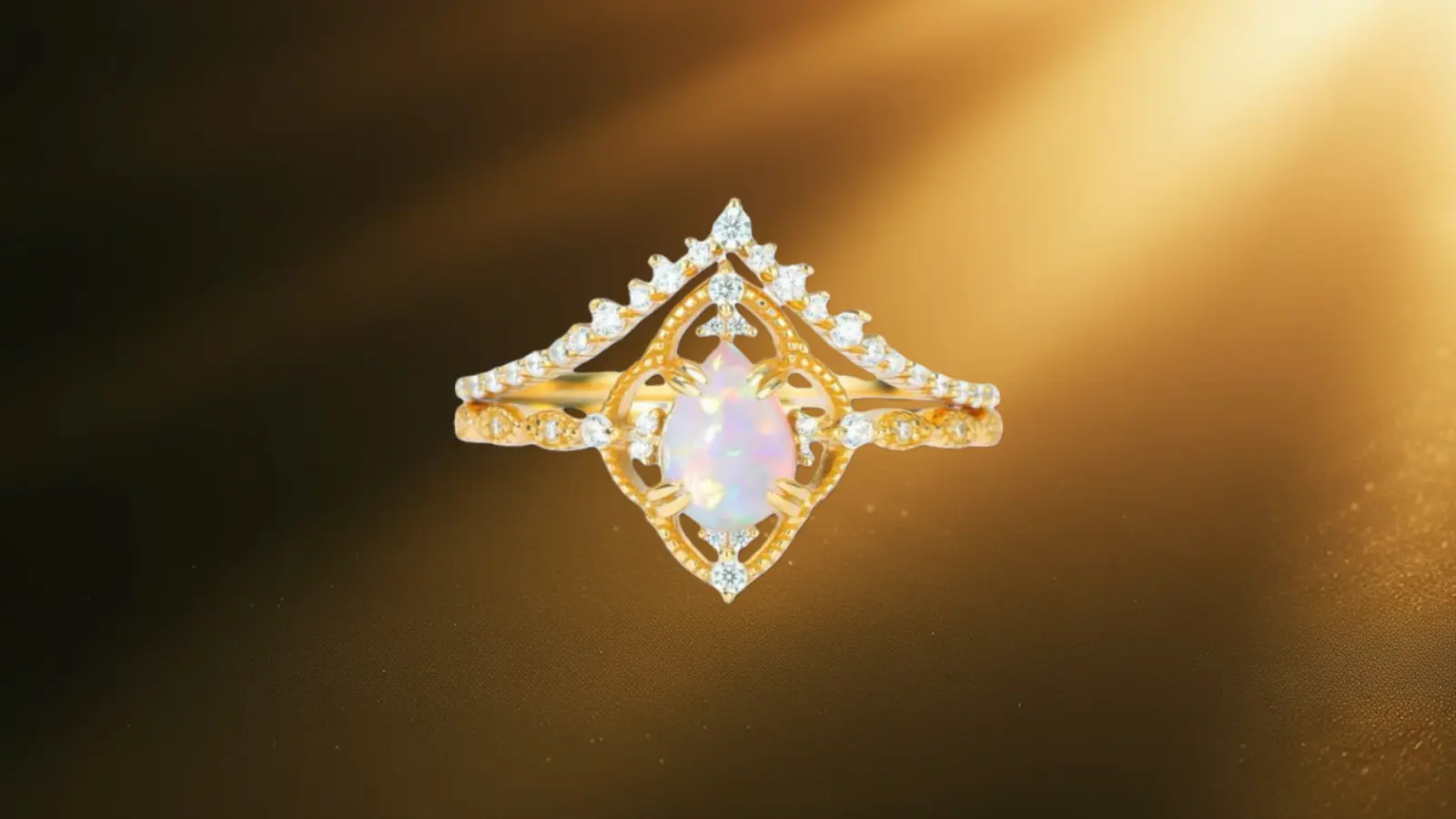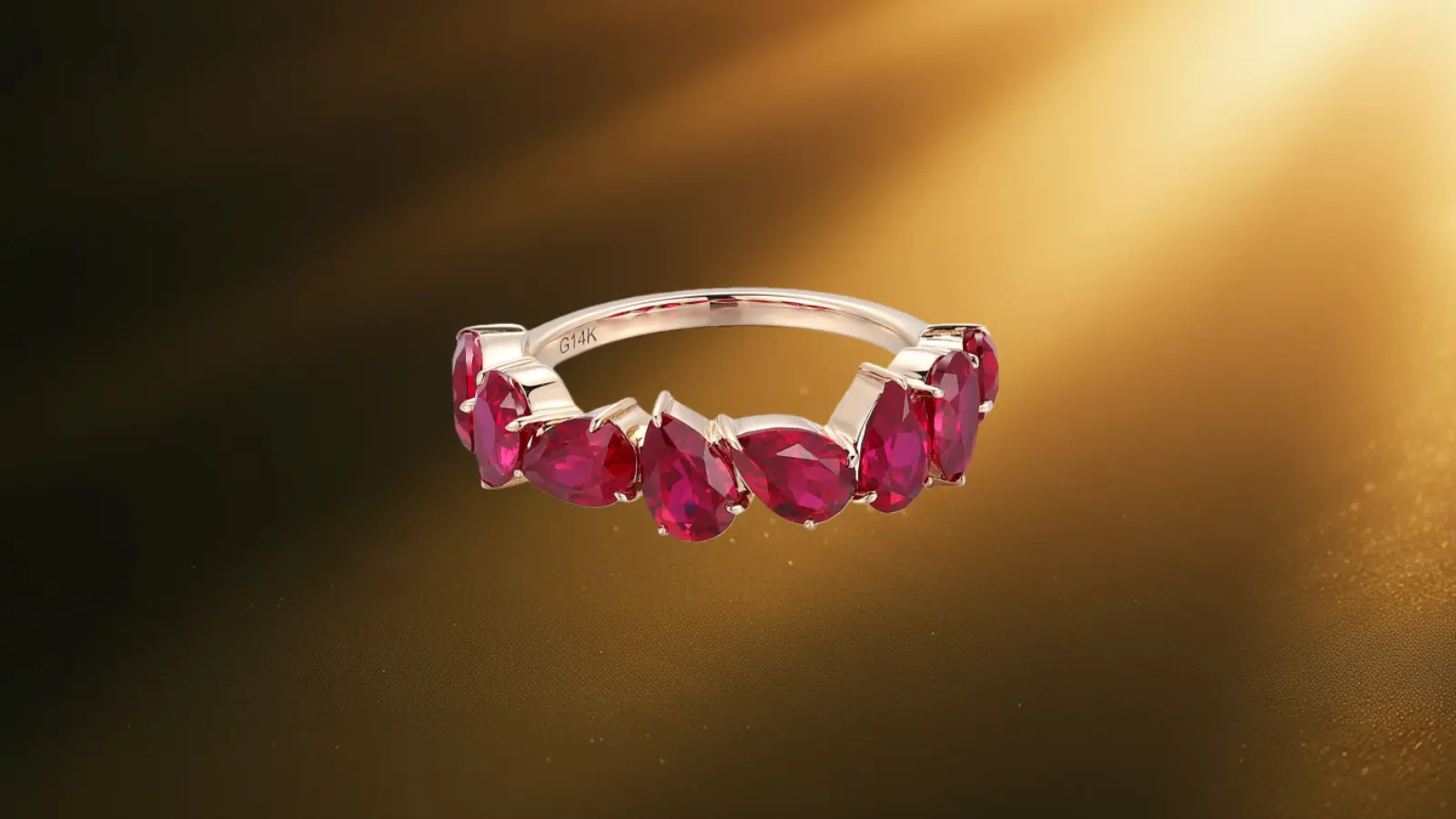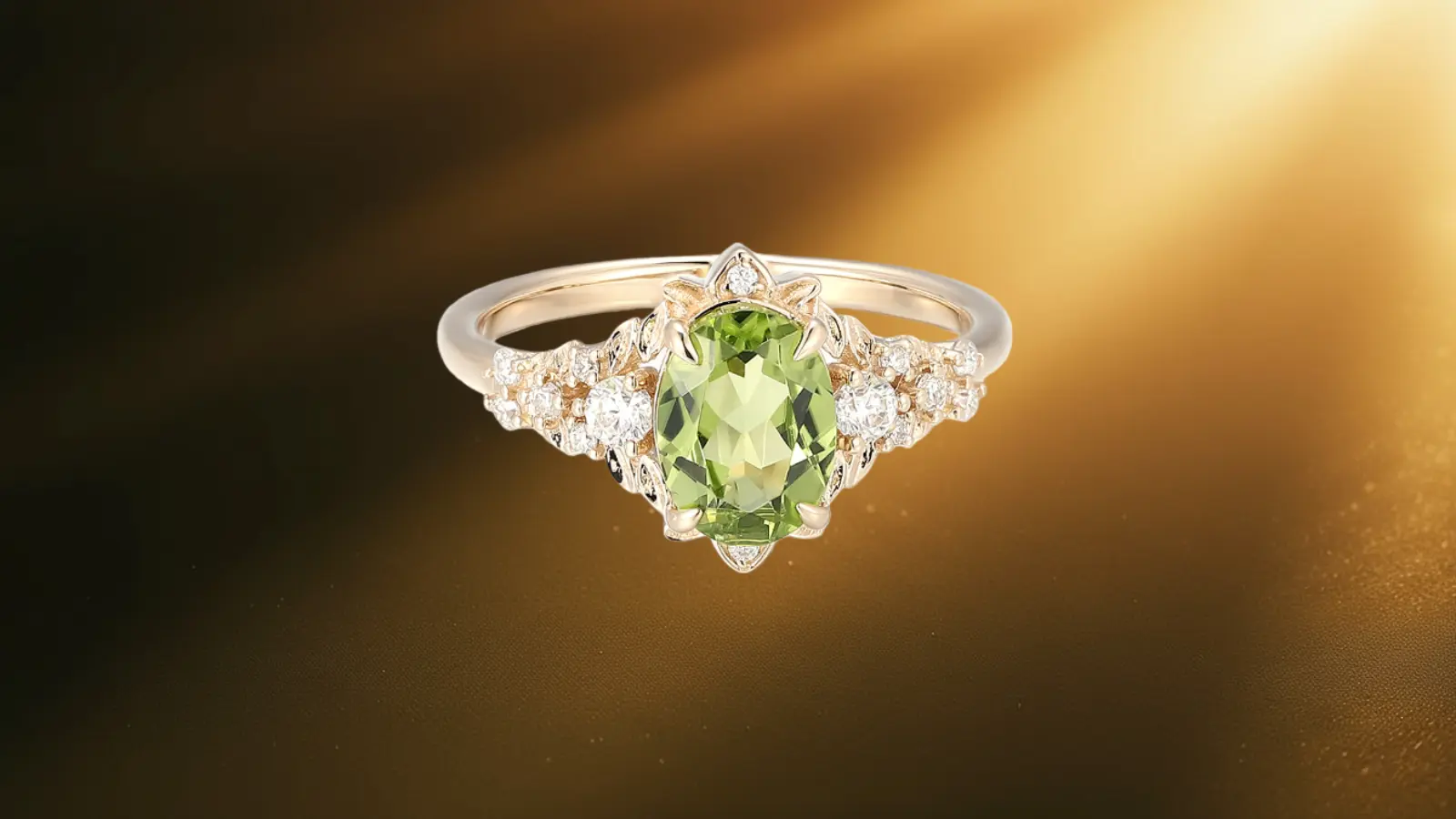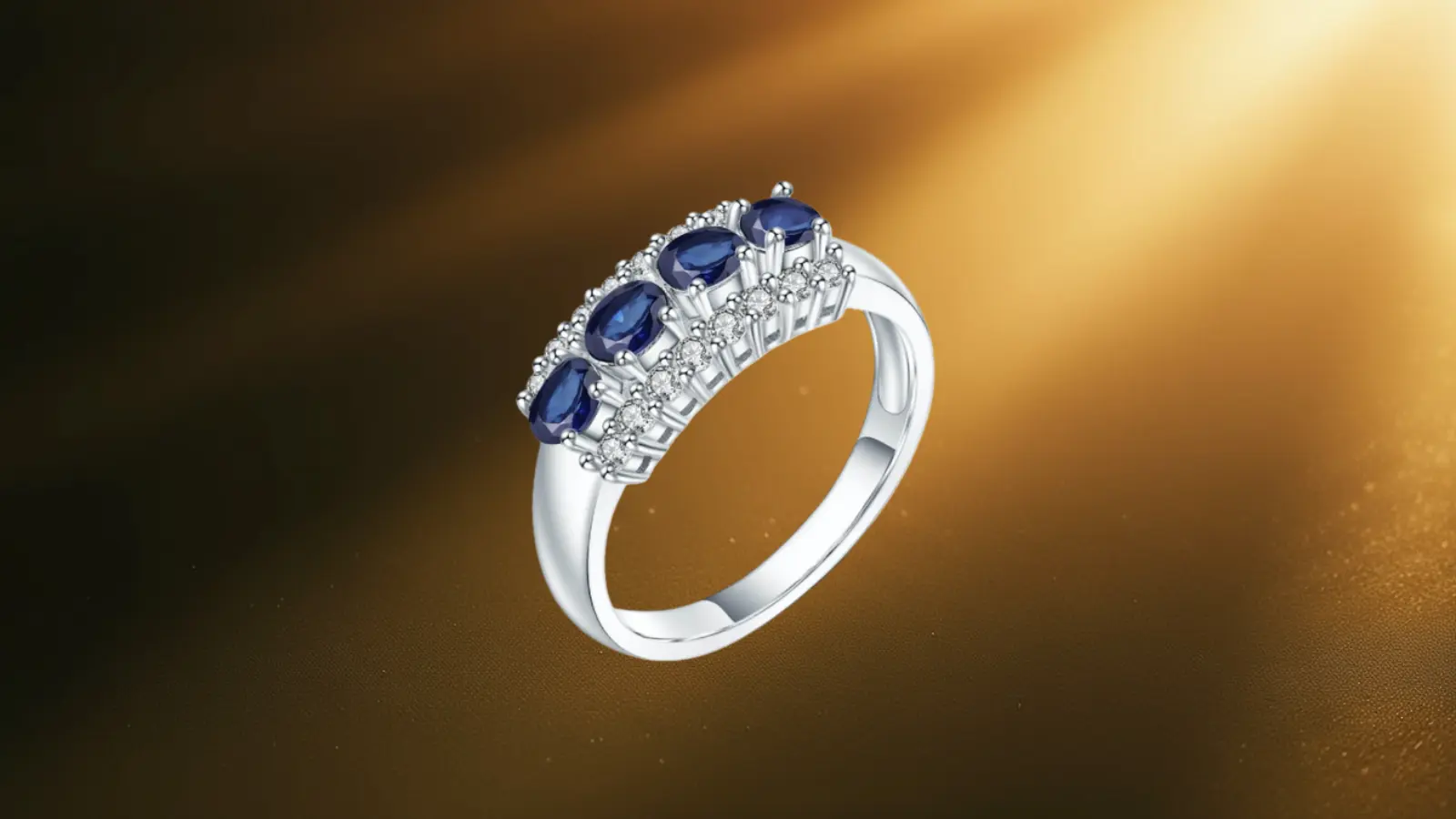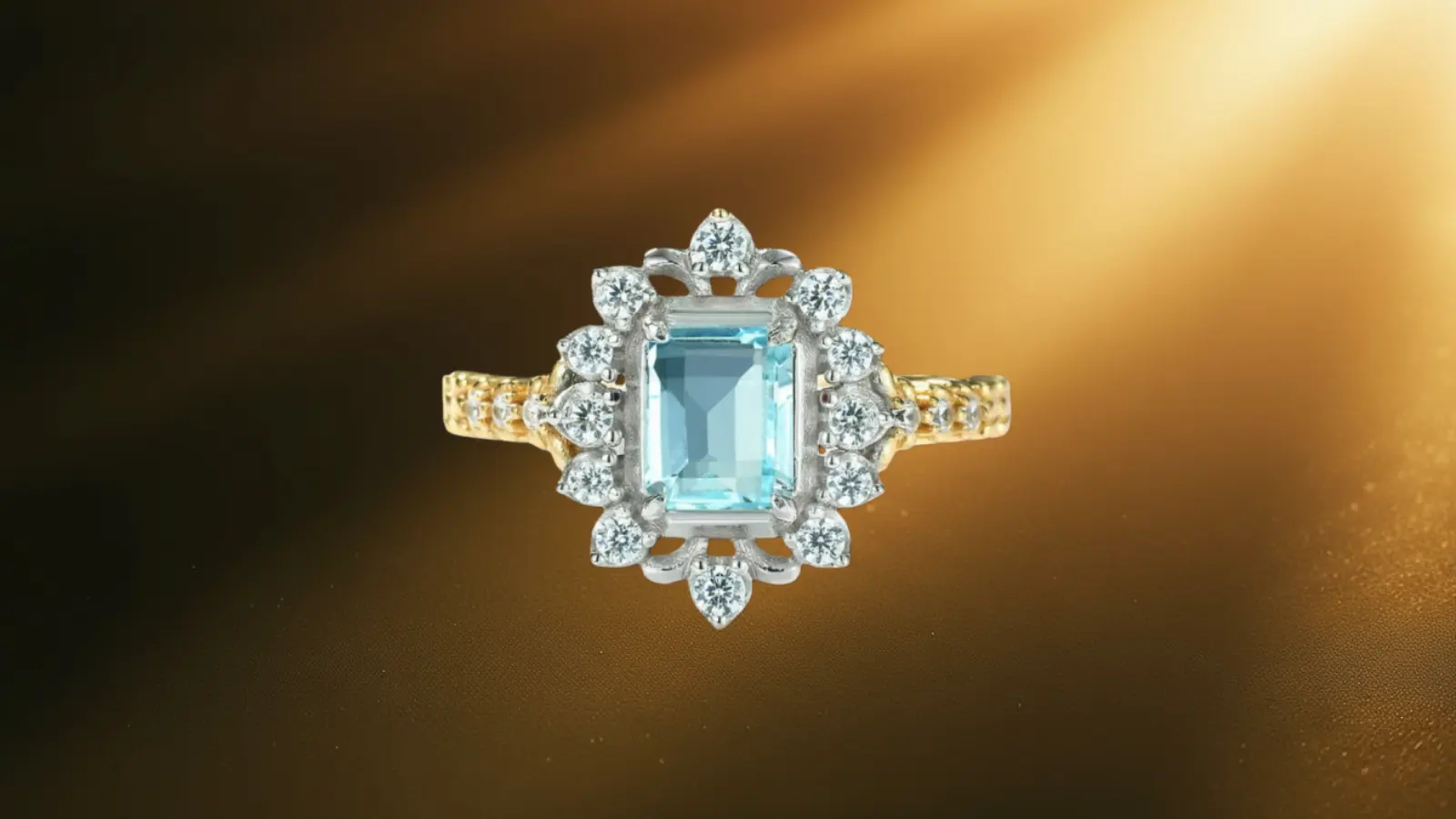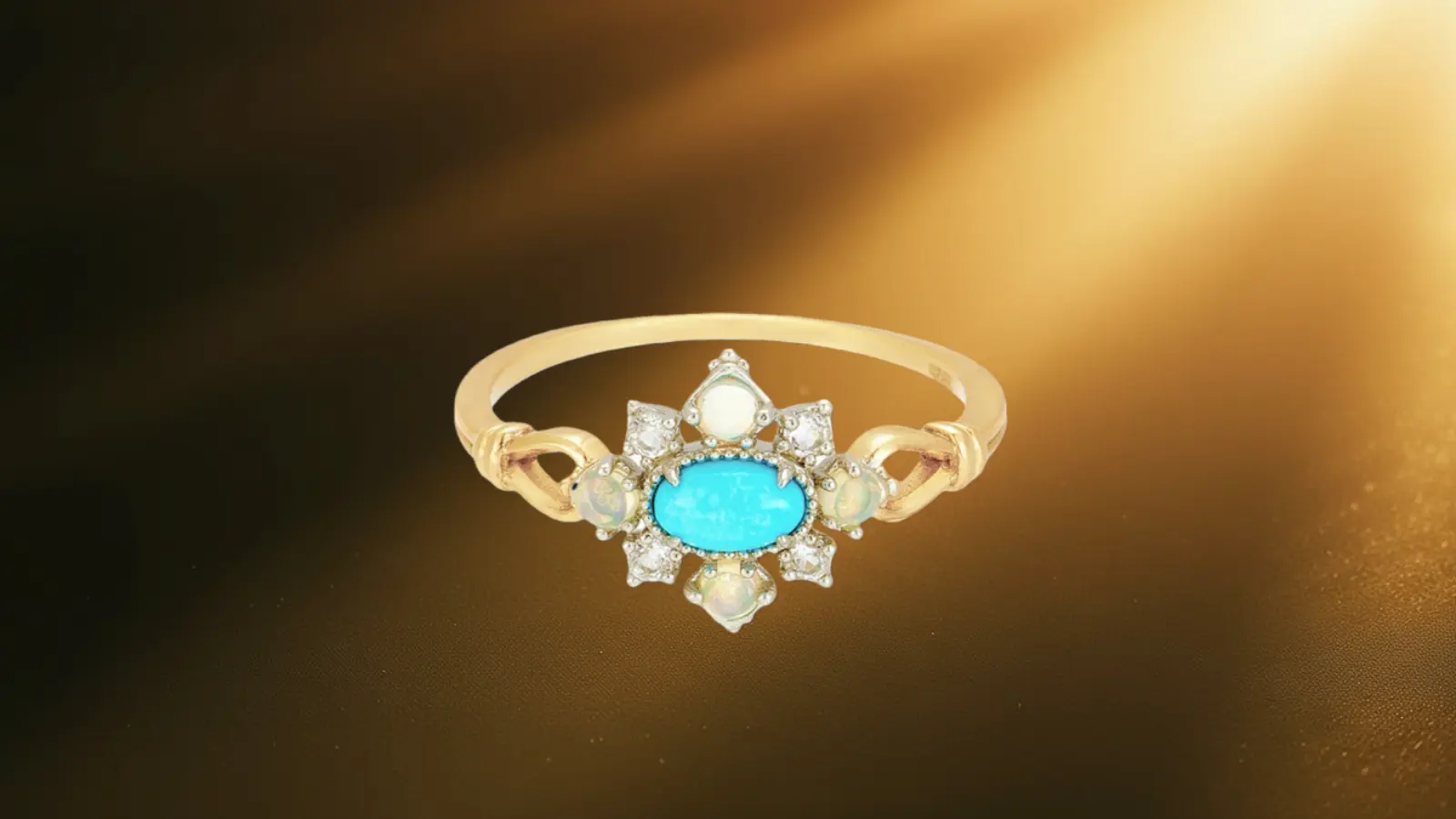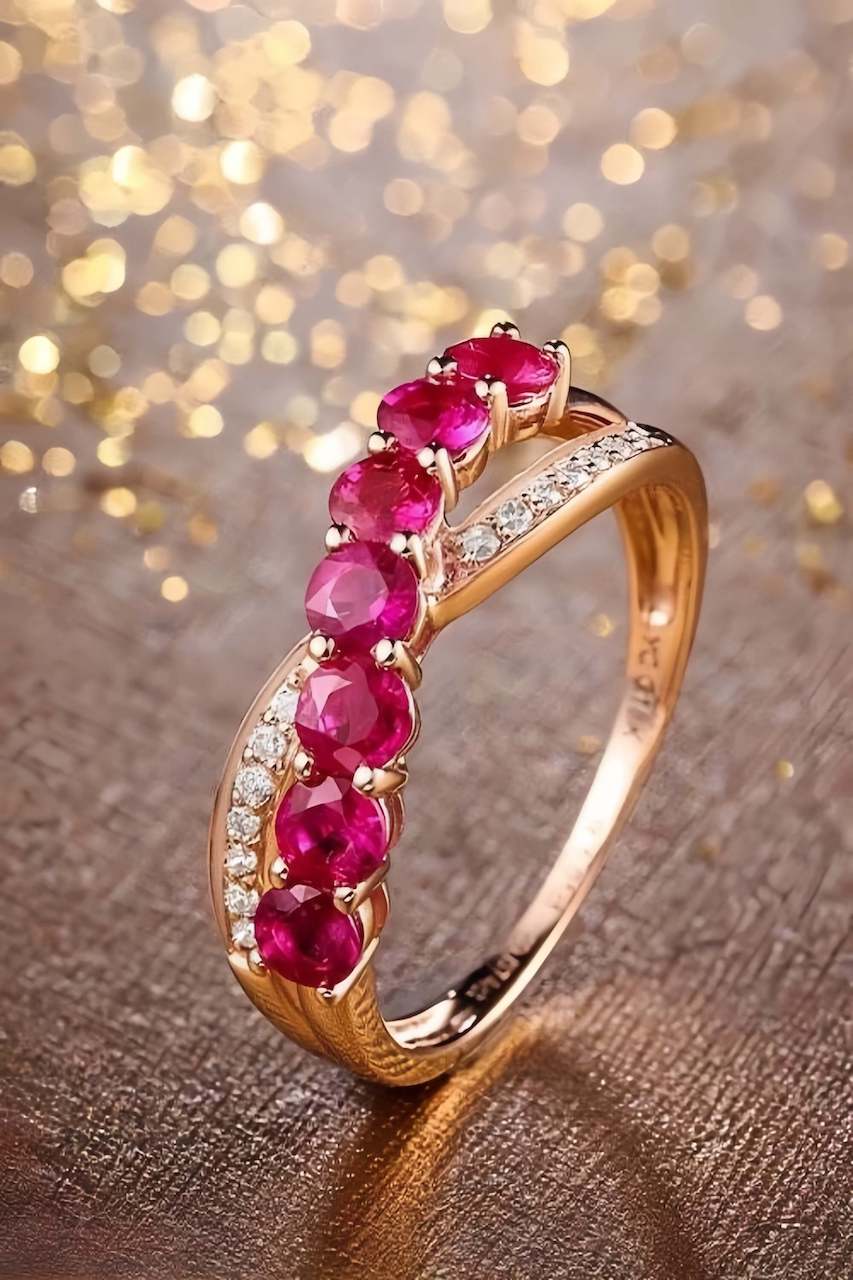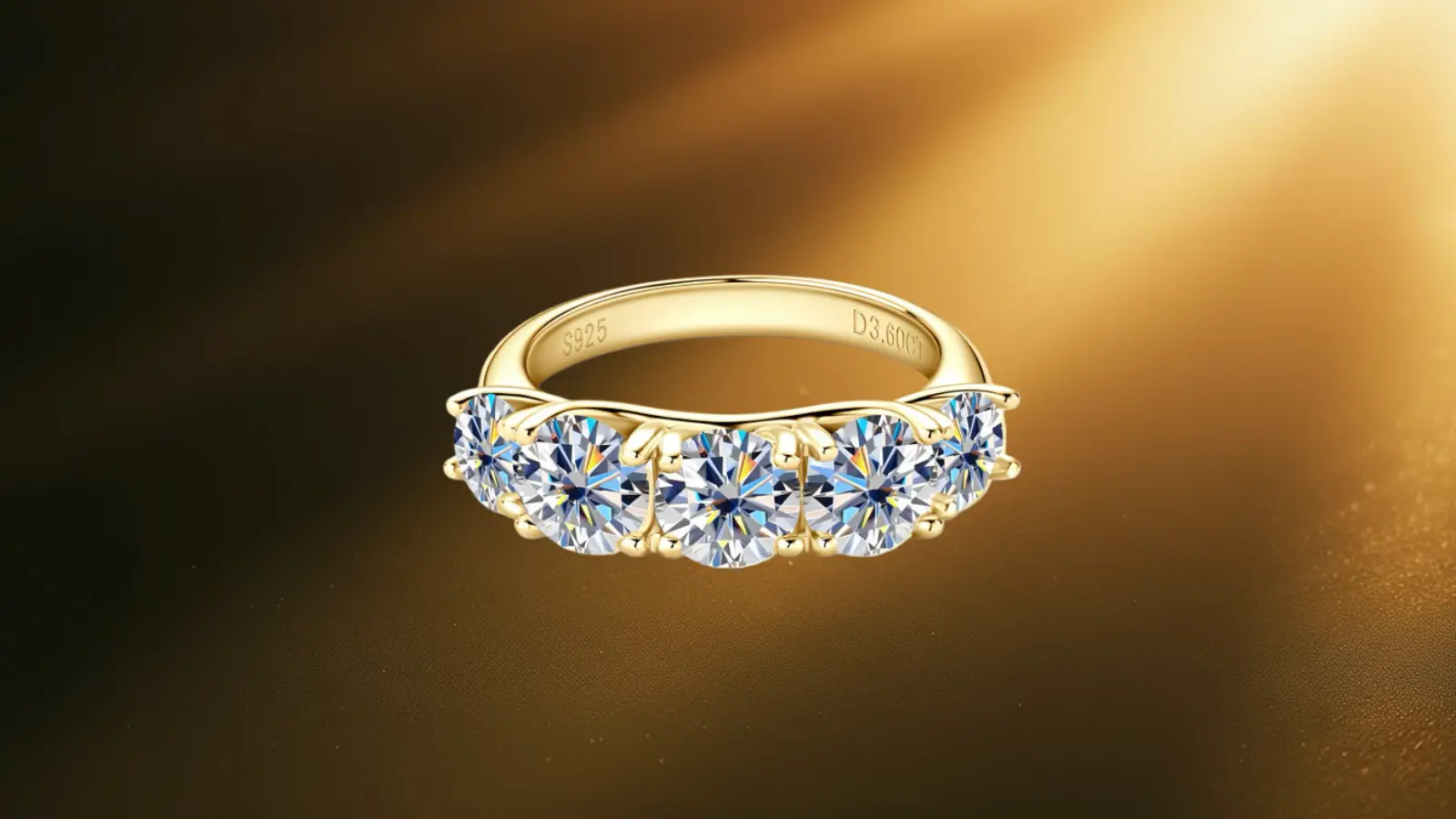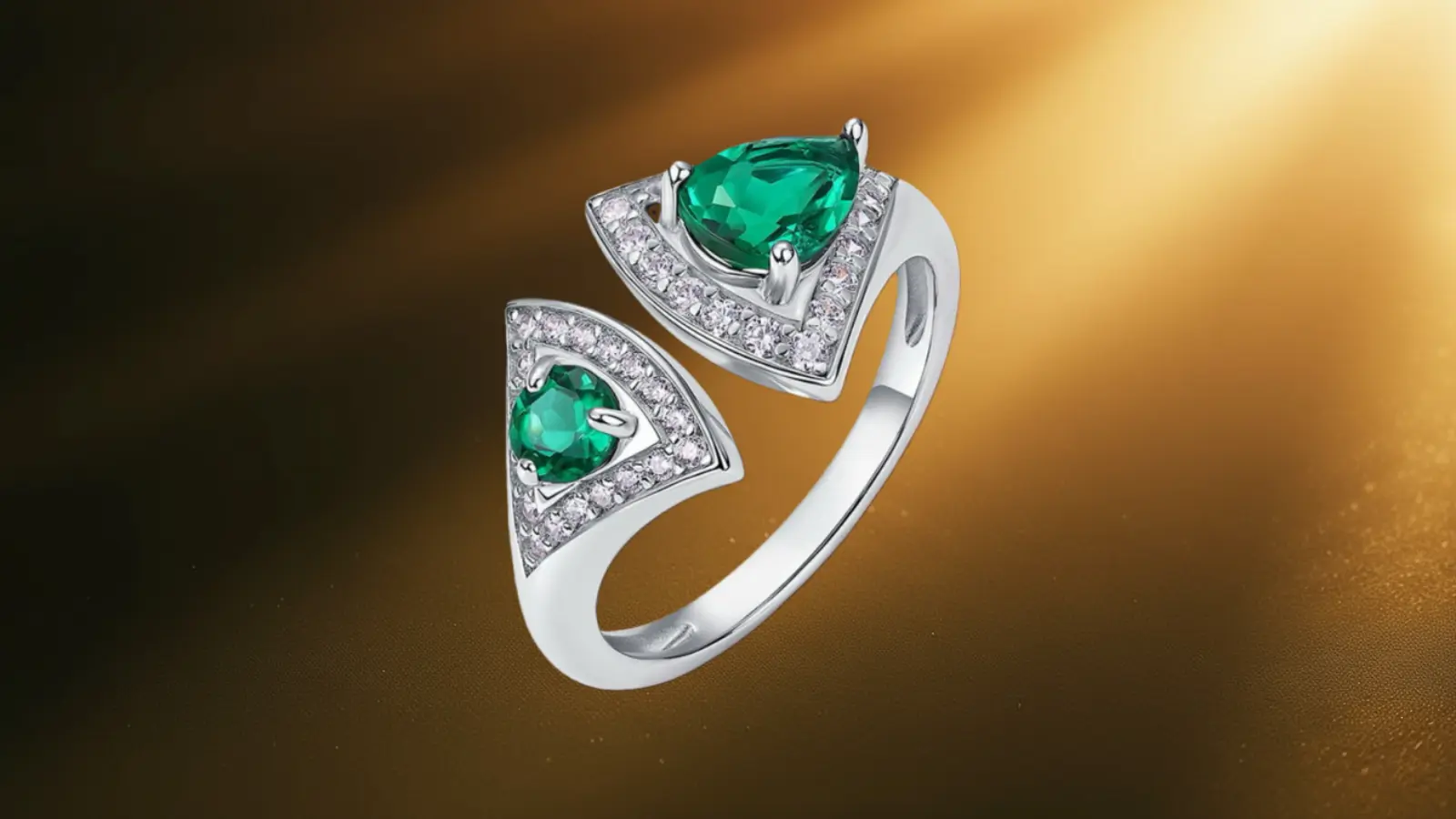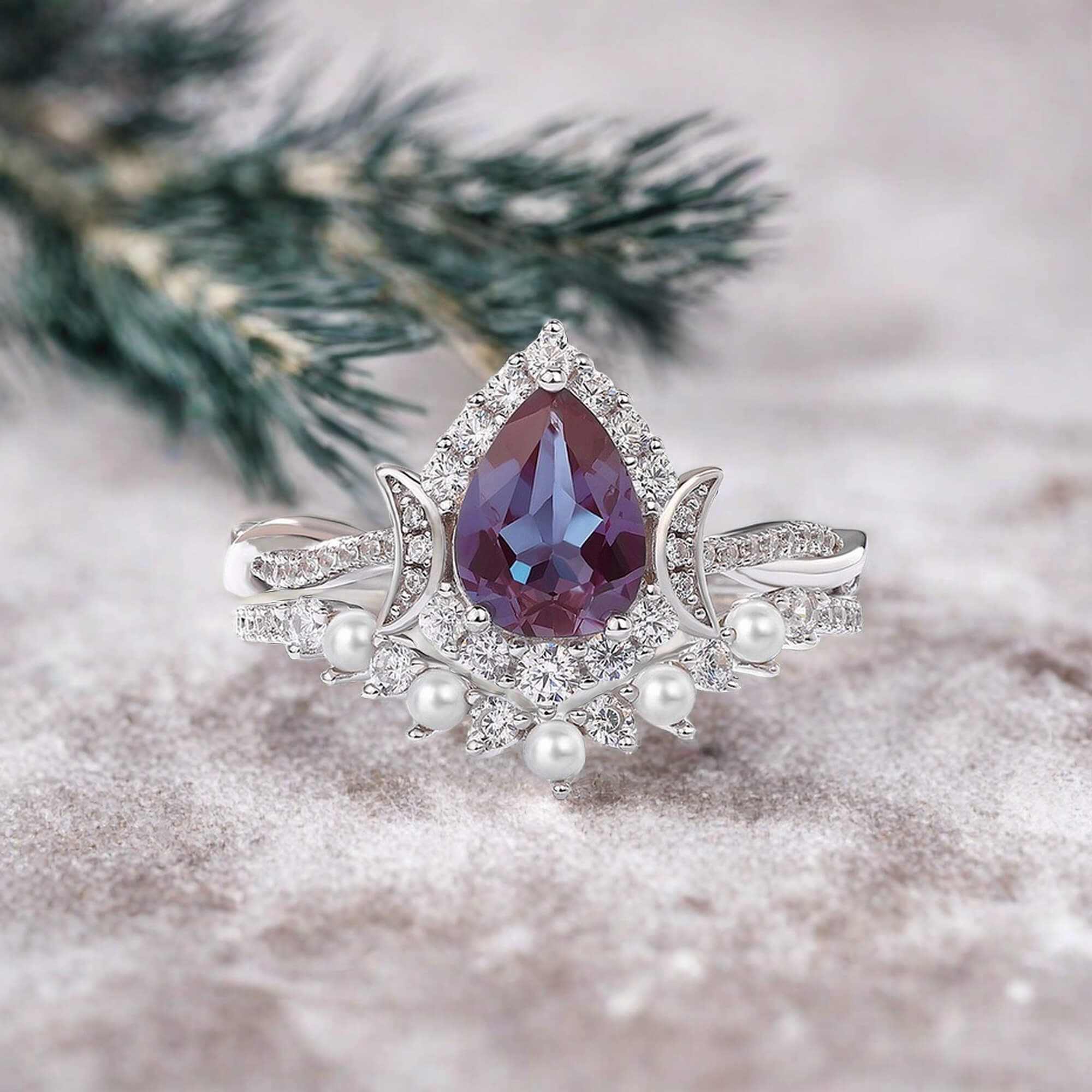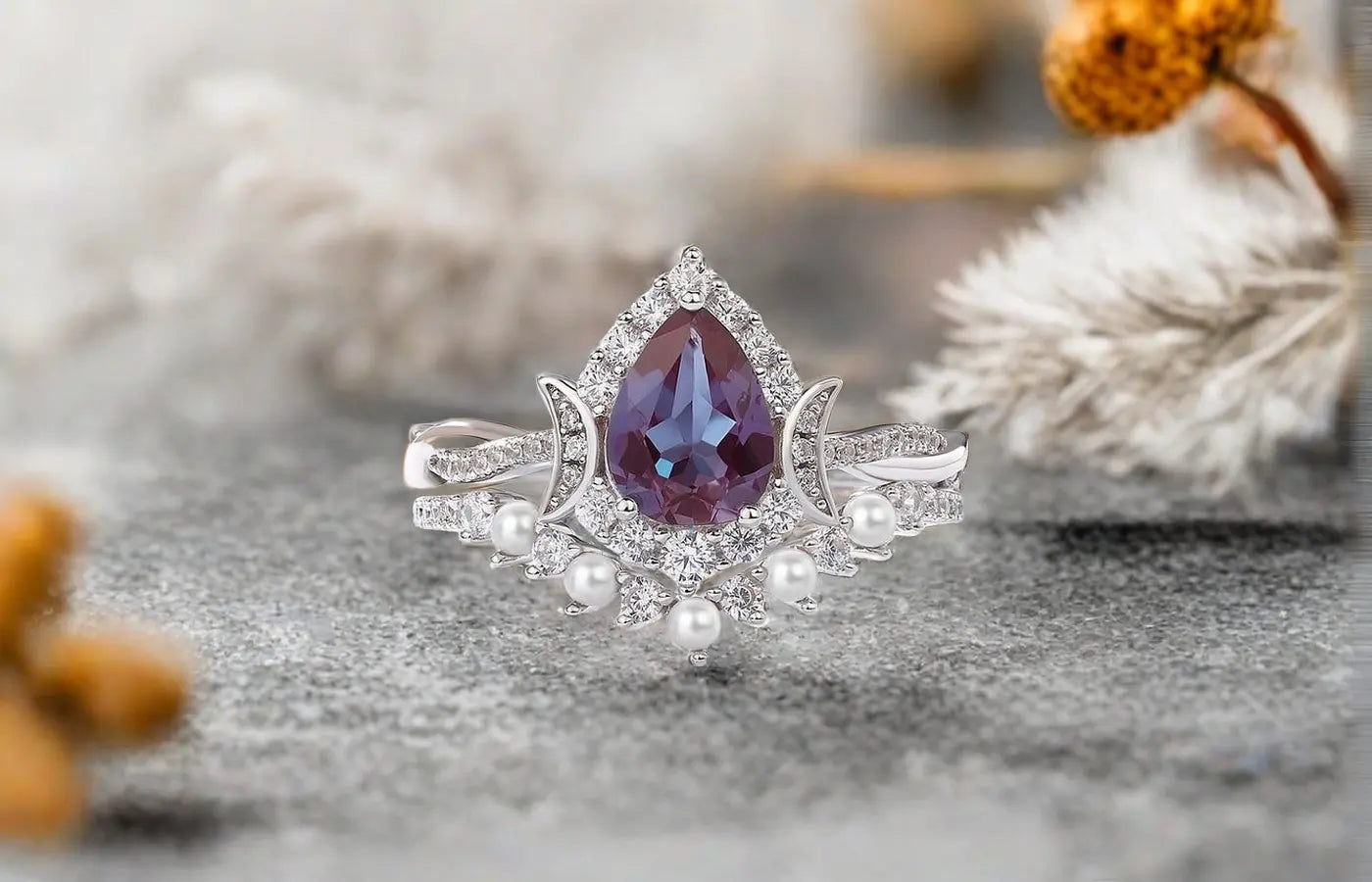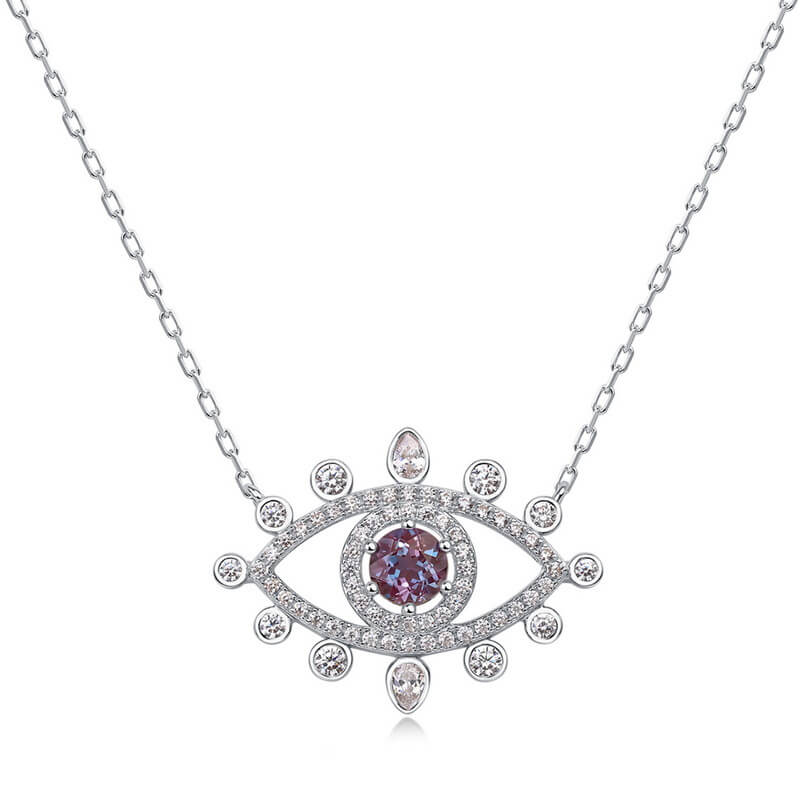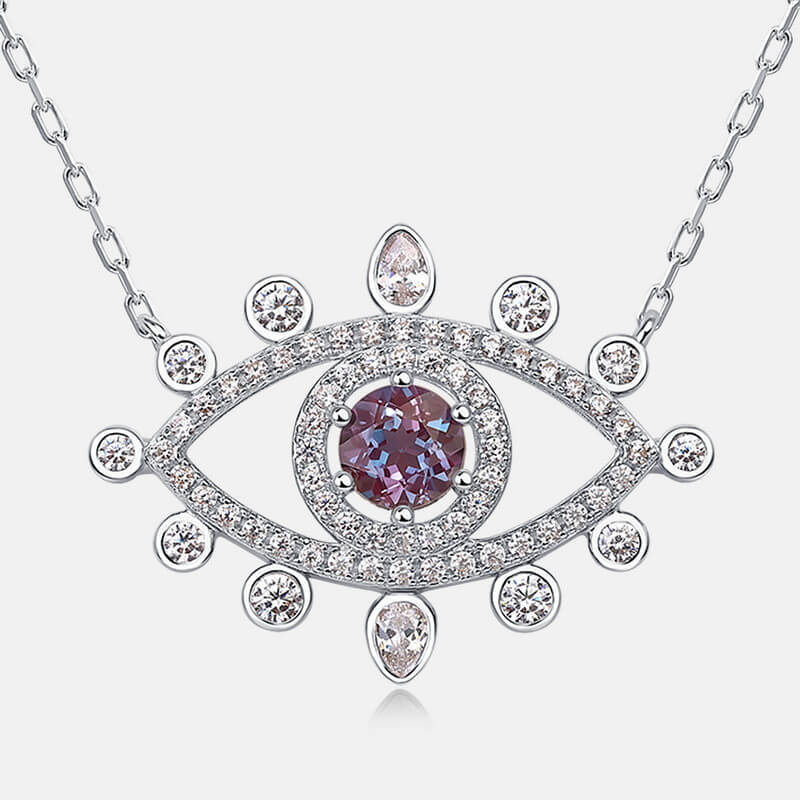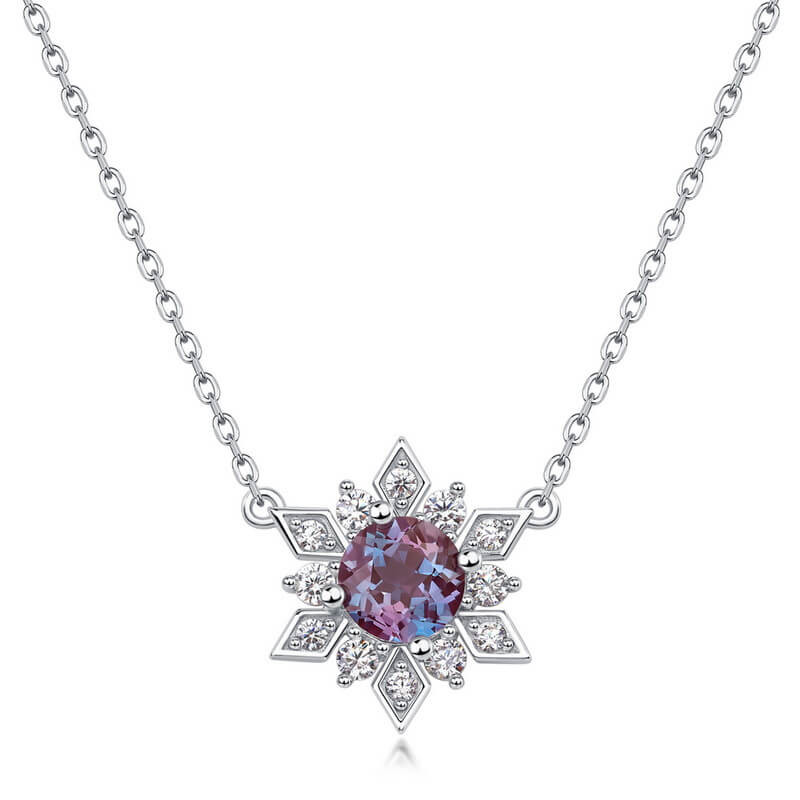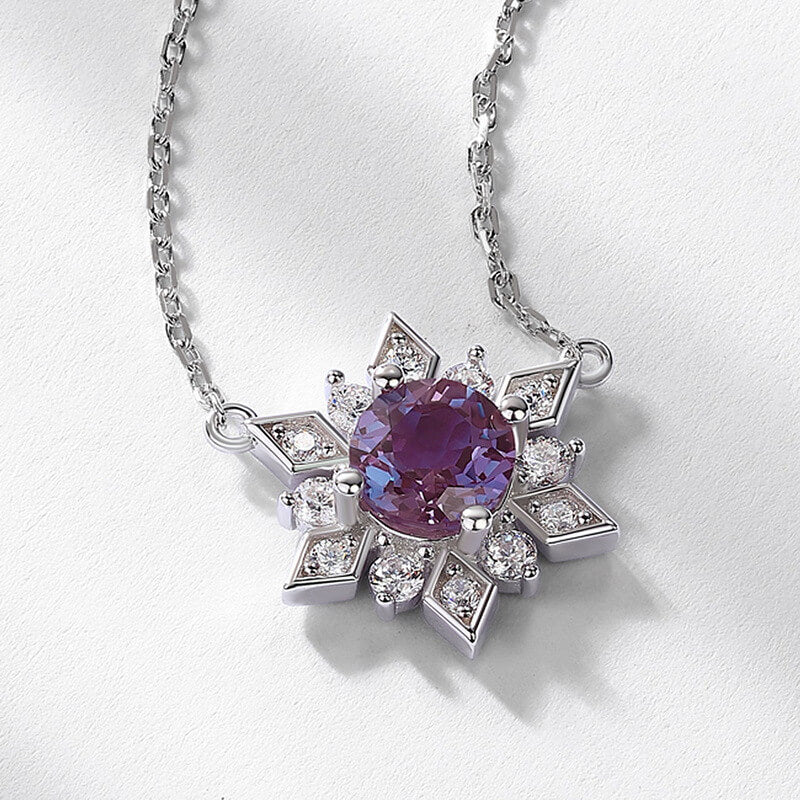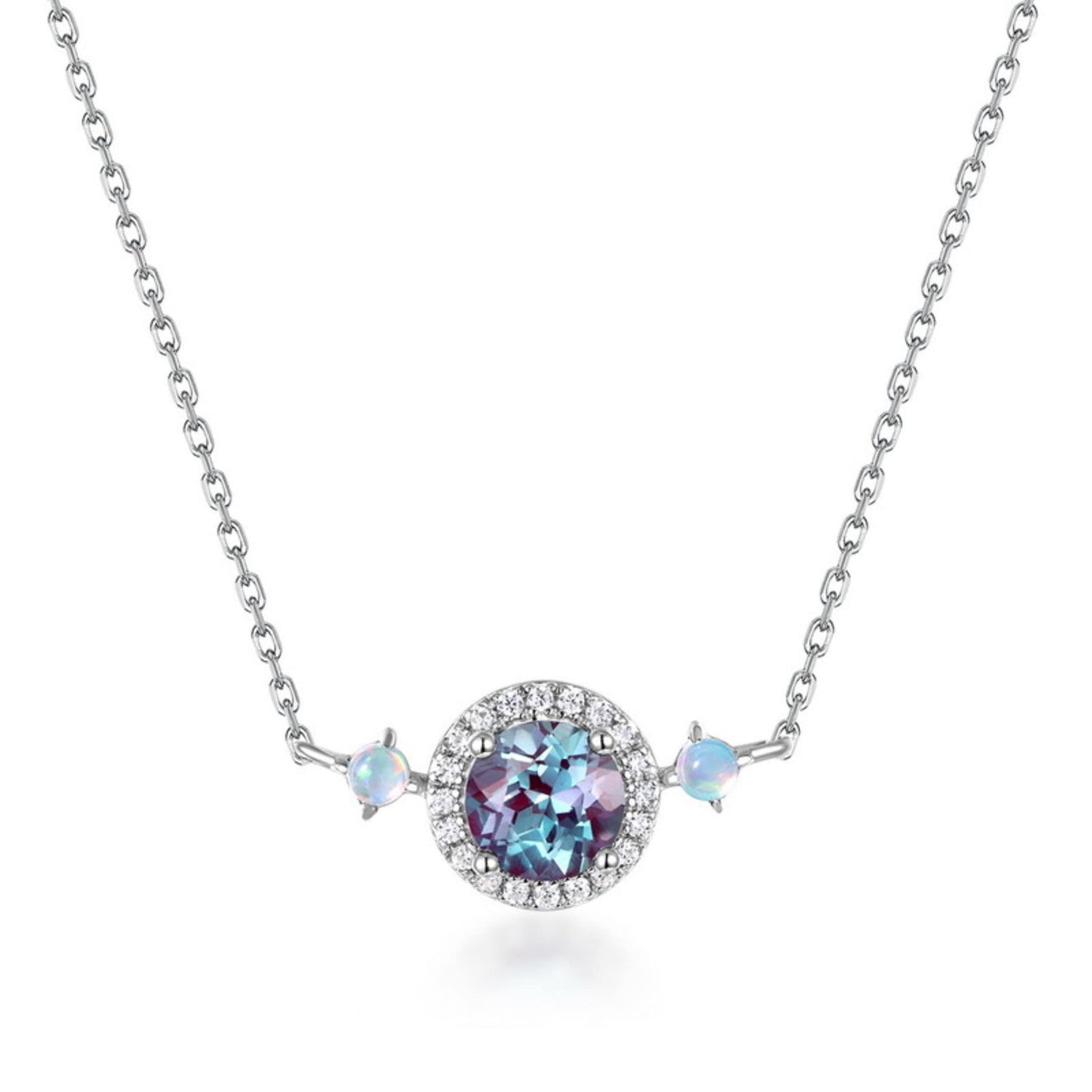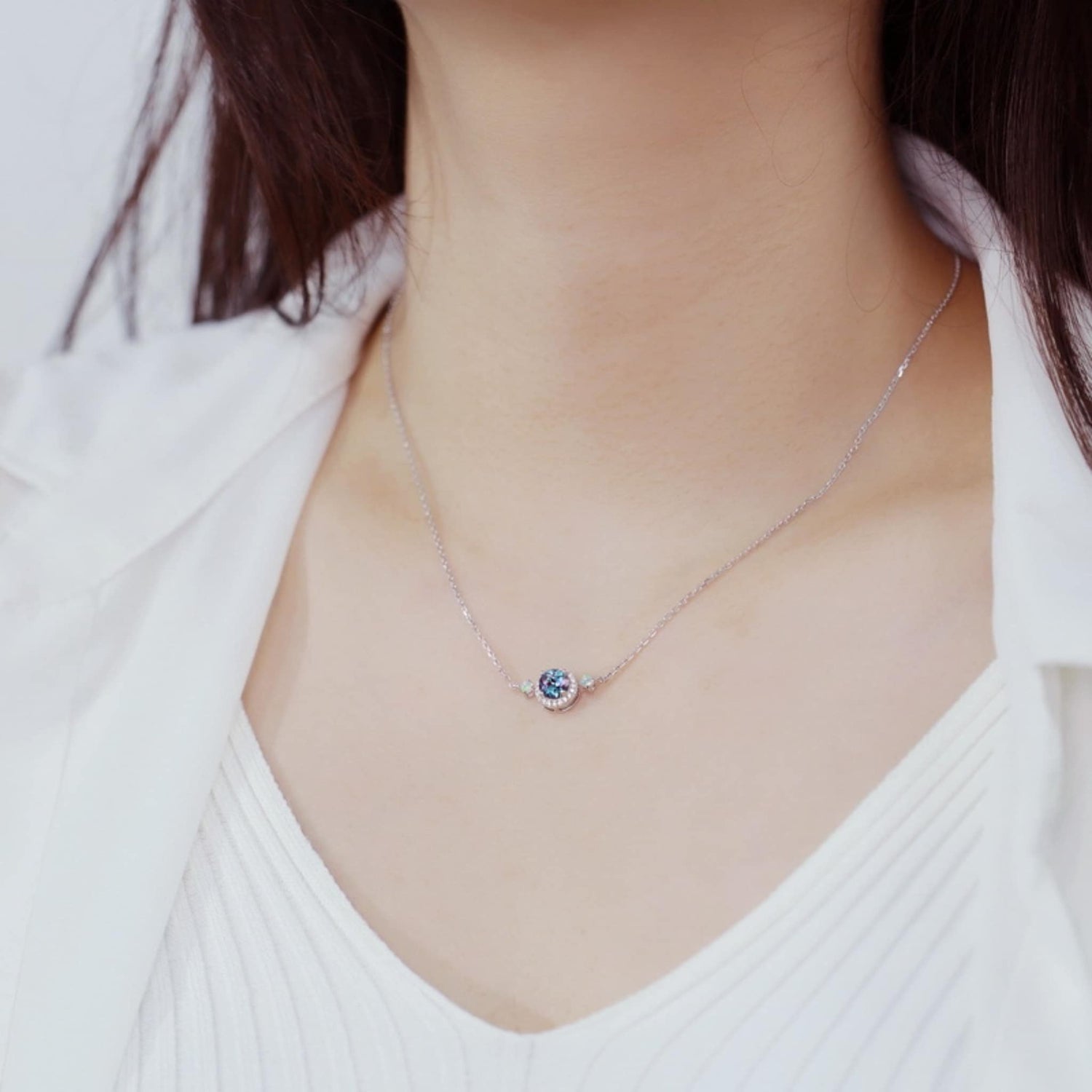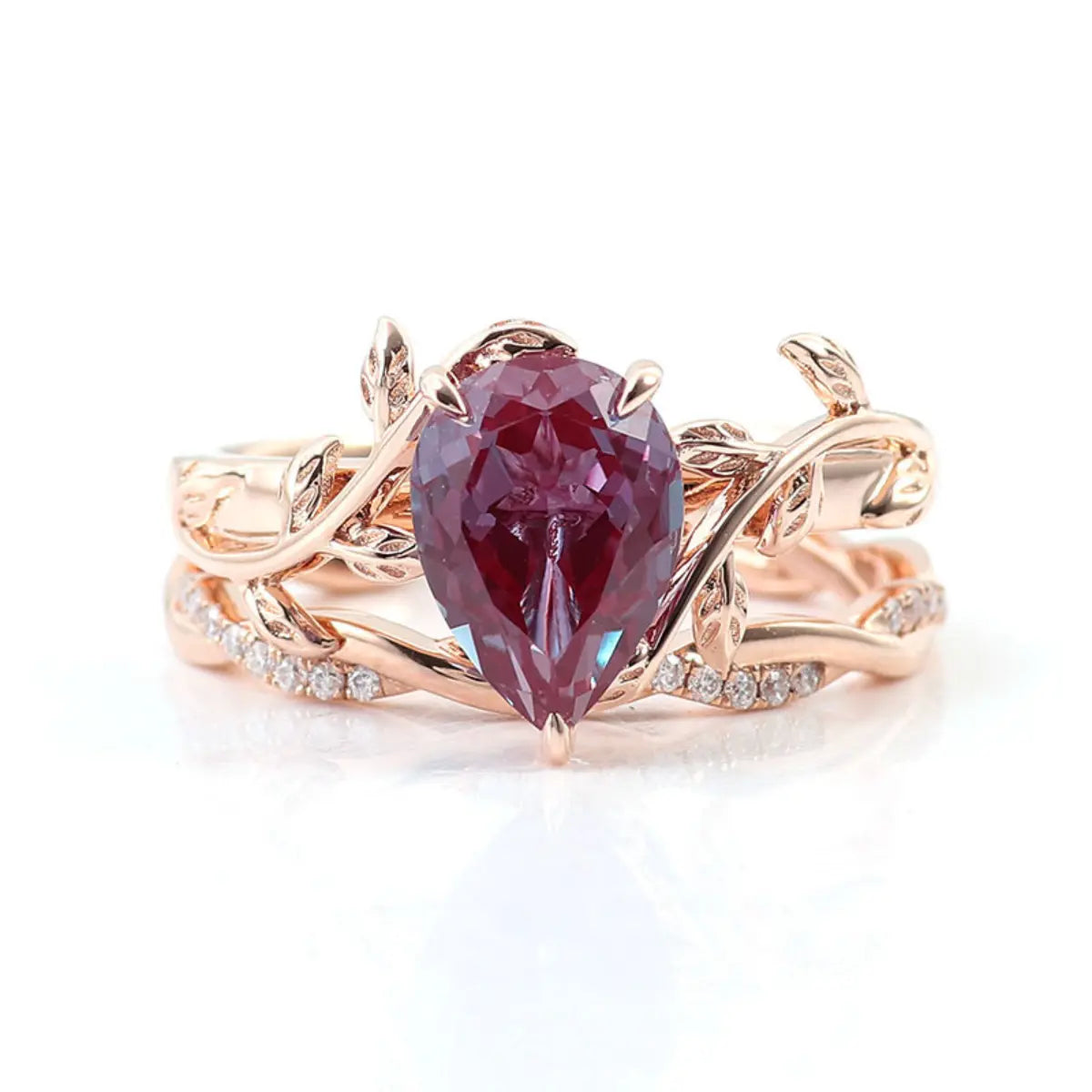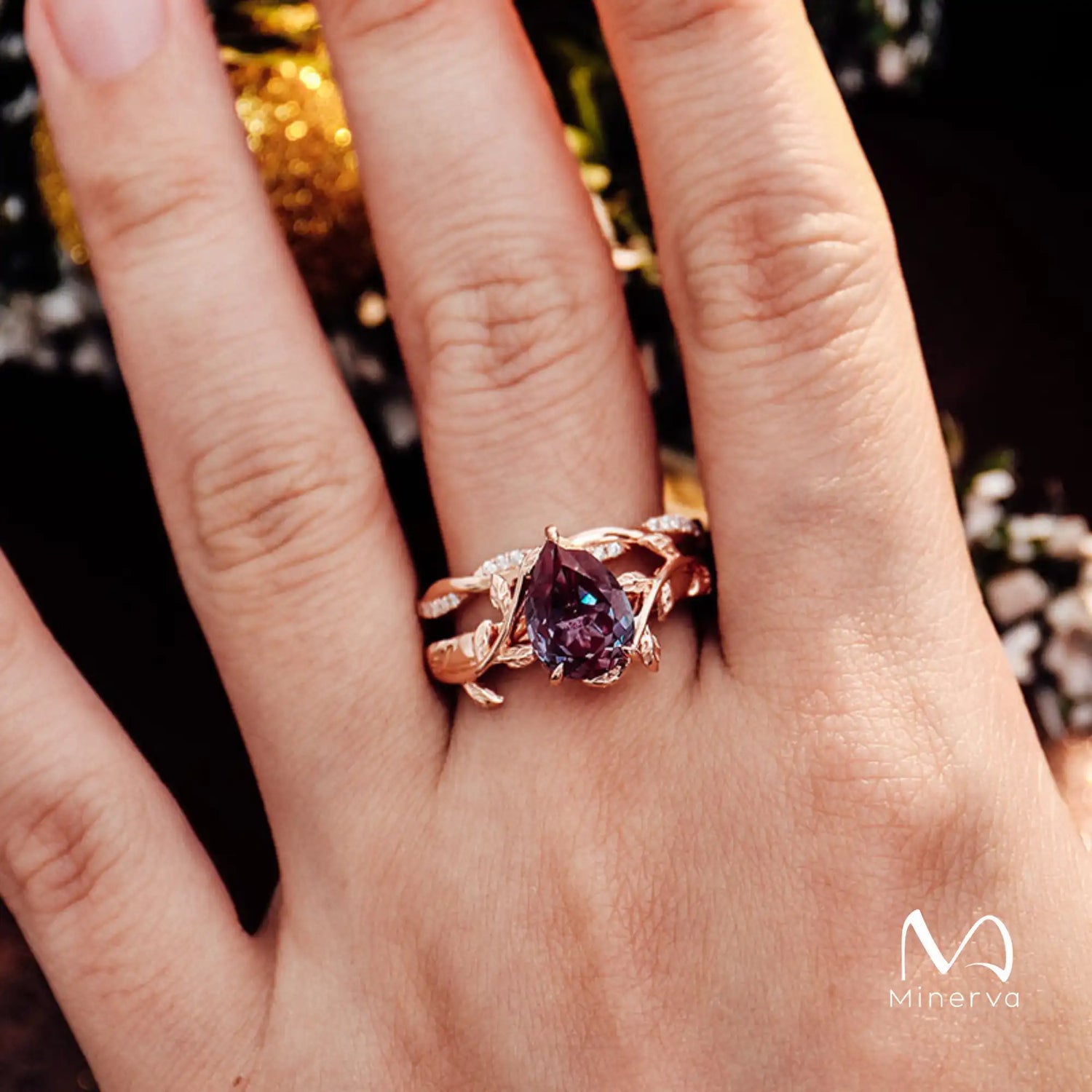Introduction
Alexandrite is one of the most captivating gemstones in the world, celebrated for its extraordinary ability to change colors under different lighting conditions. Known as the "emerald by day, ruby by night," alexandrite holds a special place in the hearts of gem enthusiasts and collectors. Its rarity, combined with its unique optical properties, makes alexandrite jewelry a sought-after treasure for those who appreciate the intersection of nature, science, and artistry.
For more on the science behind the colour change, visit ScienceDirect - Gemstone Optics.
The Fascinating History of Alexandrite
Discovered in 1830 in Russia's Ural Mountains, alexandrite was named in honor of Tsar Alexander II. This gemstone’s dual colors—green in daylight and red in incandescent light—perfectly matched the imperial colors of the Russian military, solidifying its association with Russian royalty.
Over the years, alexandrite has become synonymous with transformation and adaptability, symbolizing strength and resilience. While Russia was historically the leading source of high-quality alexandrite, these mines are now nearly depleted, making alexandrite from this region exceedingly rare and valuable.
What Makes Alexandrite So Unique?
Alexandrite’s distinct color-changing property is due to trace amounts of chromium in its chemical composition. This phenomenon, known as the "alexandrite effect," occurs because of the gemstone's ability to absorb and reflect light differently depending on the light source:
- Daylight: Under sunlight, which is rich in short-wave light, alexandrite reflects more green light, giving it a vibrant green hue.
- Incandescent Light: At night, under artificial light with longer wavelengths, alexandrite shifts to a reddish tone.
This mesmerizing transformation is unparalleled in the world of gemstones, making alexandrite jewelry a conversation piece and a timeless heirloom.
How to Evaluate Alexandrite Jewelry
When searching for alexandrite jewelry for sale, consider the following criteria to ensure you’re investing in a high-quality piece:
- Color Change: The more dramatic and distinct the shift between green and red, the higher the gemstone's value.
- Hue Quality: Ideally, alexandrite should exhibit a green that closely resembles emerald and a red akin to ruby.
- Clarity: Due to the natural conditions under which alexandrite forms, inclusions are common. However, stones with fewer inclusions are more desirable.
- Cut: Proper cutting enhances the gemstone's color-changing effect. Common cuts include round brilliant and emerald cuts, as these maximize the optical play of colors.
- Size: Alexandrite gemstones are often small, typically between 0.3 and 0.4 carats. Larger stones above 5 carats are extremely rare and command premium prices.
Alexandrite’s Global Sources and Rarity
- Russia: Historically the premier source of alexandrite, Russian stones are revered for their strong color change and high-quality hues. Unfortunately, these mines are nearly depleted, making them collector’s items.
- Sri Lanka: Today’s main supplier of alexandrite, known for stones that exhibit yellow-green to brownish-green tones by day and reddish-brown colors by night.
- Brazil: Produces alexandrite with weaker color changes and lower clarity.
- Tanzania and Zimbabwe: Smaller quantities of alexandrite, but occasionally high-quality finds.
Given its rarity, high-quality natural alexandrite is one of the most expensive gemstones in the world. Prices for premium stones range from $2,000 to $3,000 per carat, while lower-quality specimens may sell for $100 per carat.
Synthetic Alexandrite and Common Imitations
Due to its scarcity, synthetic alexandrite has become a popular alternative. Advanced techniques like the Czochralski pulling method produce synthetic stones that mimic natural alexandrite’s color-changing effect. However, identifying these synthetic gems can be challenging, even for experts.
Common imitations include:
- Color-changing glass: Contains neodymium and shifts between pink and pale blue.
- Triplets: Made with a color-changing film layer sandwiched between two layers of quartz.
- Synthetic sapphire and spinel: These display color changes, but their optical effects differ from true alexandrite. For instance, synthetic spinel shows an opposite color shift (red in daylight and green under artificial light).
Careful observation and advanced tools, such as infrared spectroscopy, can help distinguish genuine alexandrite from imitations.
The Allure of Alexandrite Jewelry in Modern Designs
Alexandrite’s rare beauty and versatility make it a perfect choice for modern jewelry. Designers often incorporate this gemstone into:
- Rings: Ideal for showcasing its dramatic color changes.
- Necklaces: A centerpiece that adds elegance to any outfit.
- Earrings: Subtle yet striking, especially in evening settings.
Owning alexandrite jewelry is more than a fashion statement; it’s an investment in a piece of natural art that represents adaptability and strength.
Where to Find Alexandrite Jewelry for Sale
At Minerva Jewelry, we pride ourselves on offering a curated selection of high-quality alexandrite jewelry. Our pieces highlight the gemstone’s natural beauty and energy, with options ranging from natural to lab-grown stones. Whether you’re looking for a gift or a timeless addition to your collection, our alexandrite jewelry embodies transformation and individuality.
Closing Thoughts
Alexandrite is a gemstone that captures the imagination and symbolizes the beauty of transformation. Its rare color-changing ability, combined with its rich history and symbolism, makes alexandrite jewelry a meaningful and valuable possession. Explore our collection at Minerva Jewelry to discover the perfect piece that resonates with your unique energy.

